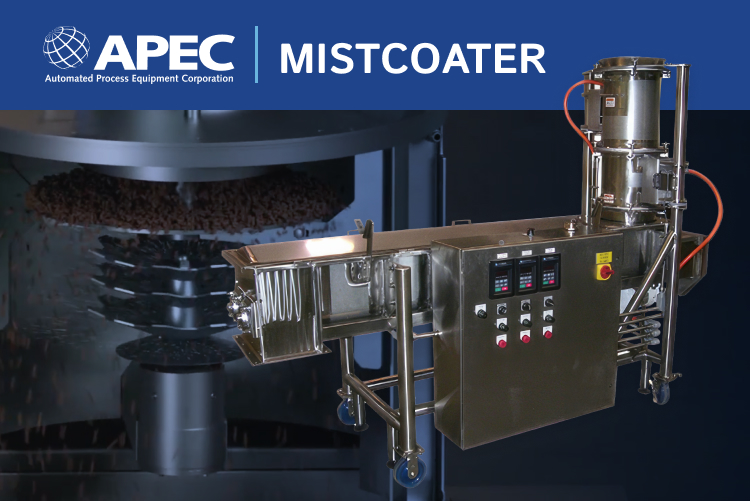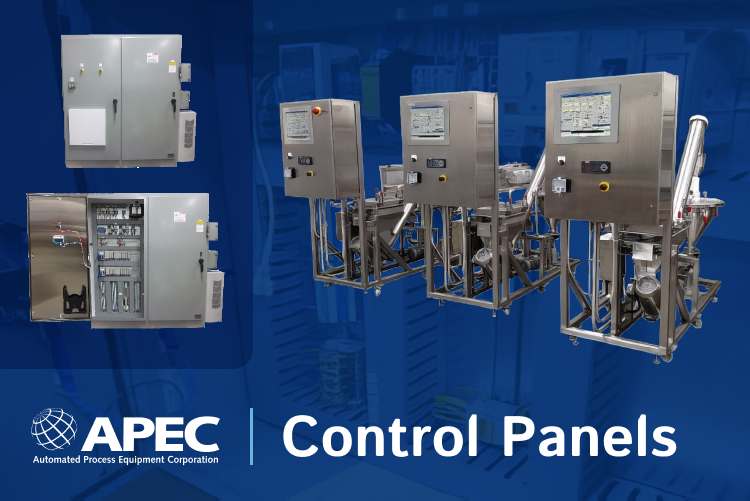In our previous post, we discussed problems engineers and scale dealers often face when working with traditional strain gauge scales and load cells, and solutions that can improve accuracy and durability. In many cases, utilizing capacitive digital load cells can help to avoid problems posed by the strain gauge. In this post, we’ll explore the capacitive digital load cell, how it works, and advantages it provides to scale dealers and their customers.
How Do Capacitive Digital Load Cells Work?
While strain gauge load cells use resistance to change voltage and therefore measure weight, capacitive load cells use changes in capacitance. Inside a capacitive digital load cell, two plates with opposing charges stand a small distance apart. When a load is applied, it forces the plates closer together. As this happens, current moves between the negatively- and positively-charged plates in an effort to establish equilibrium. A charge is then stored between the plates, creating capacitance. This then produces voltage output which can be transferred to a reading on a digital scale.
Capacitive digital load cells are simpler to construct than strain gauge load cells, and this simple design makes them less susceptible to many of the issues that often disrupt strain gauge load cells. Other advantages also make capacitive digital load cells easier to use, and more affordable to manufacture.
8 Advantages of Capacitive Digital Load Cells
1. Fewer Start-Up Costs
Capacitive digital load cells are already calibrated at the factory, and do not need to be recalibrated when they are installed. To install in the field the engineer or operator must only zero off the dead load of the system and check for binding.
2. More Sensitive
For strain gauge load cells, detecting small changes and measuring small loads means utilizing very small changes in resistance. This requires the load cell to be more sensitive, which also makes it more susceptible to damage and requiring more frequent recalibration. Thanks to their simple design and versatile materials, capacitive digital load cells retain their durability even at high sensitivity. Since a smaller amount of movement can be easily sensed with a capacitive cell, then the metal can be thicker and able to withstand more load, with the same amount of sensitivity. This makes the cell less susceptible to overload.
3. Simple Maintenance
The delicate cables and wires that interconnect strain gauge load cells are not required with capacitive digital load cells. This means field wiring of small connections in difficult arrangements is a thing of the past. The only cables needed are communication and power transfer cables, which can be replaced in the field without the need for recalibration.
4. Versatility
Capacitive sensors can be built from a wide variety of materials, and in many different shapes and sizes. They are also suitable for very large and very small loads, with many levels of accuracy. This makes it easy to design and manufacture a capacitive digital load cell for any application. Digital capacitive load cells may be designed in beam, compression buck, tension or single point configurations, as well as specialty configurations like on-board weighing, tensioning, force measurement and more.
5. Less Noise
Capacitive load cell output is completely digital. Since it does not use DC signals in milliVolts, which are easily disrupted by ambient noise, the signal is less susceptible to interference. This also means there is no need for an analog to digital converter to convert the signal to a digital format.
6. More Affordable
Reducing the noise levels, eliminating the need for an analog to digital converter, and utilizing a wider range of materials with a simpler design allows manufacturers to produce capacitive digital load cells that are more affordable, when comparing feature for feature.
7. Durable and Hygienic
Many capacitance digital load cells are ATEX certified for hazard zones 1, 2, 21 and 22. These load cells can also be hermetically sealed (rated at least IP 68 and some at IP67) without significant additional expense, unlike the strain gauge load cell, which can be difficult to completely seal. This makes it suitable for hygienic applications such as food and pharmaceuticals.
8. Additional Features
The reduction in noise, simpler design, and digital output makes it easy to augment the capacitive digital load cell with additional features. Ethernet IP, EtherCAT, Profibus DP, ProfiNet, DeviceNet, Serial outputs and analog outputs are all available in neat compact packages.
Capacitive digital load cells are replacing strain gauge load cells in a number of applications. If your strain gauge load cells are making processes more difficult or less efficient, or if you’re looking for a competitive advantage as a scale dealer, consider the digital alternative. Learn more about capacitive load cells and talk to an expert to find the right load cell for your application.







